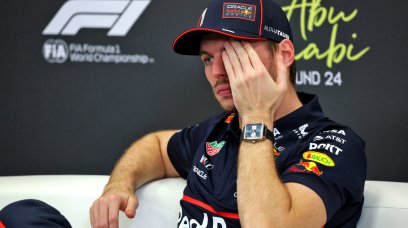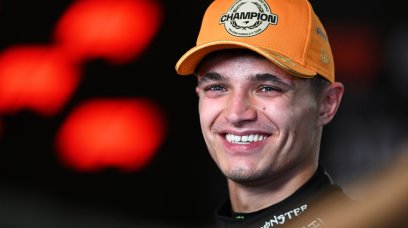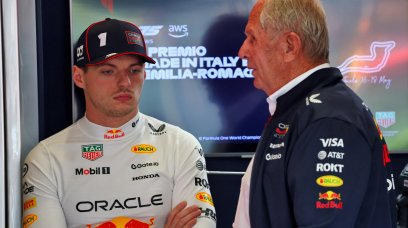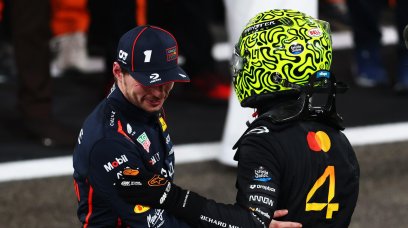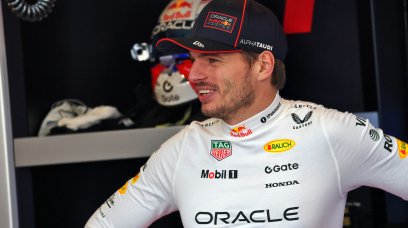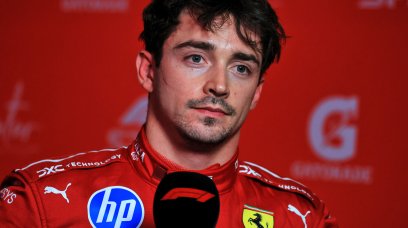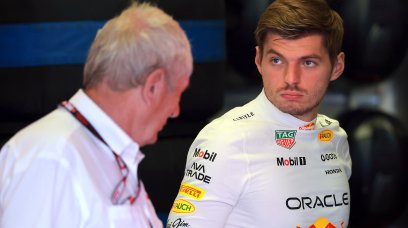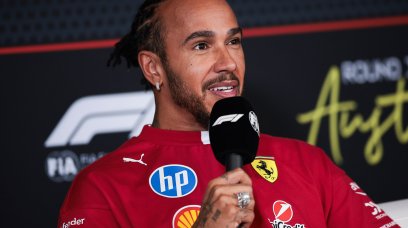The AutodromoNazionale di Monza is unique on the Formula 1 calendar, requiring lessdownforce than any other in the F1 World Championship. The longstraights connected by the chicanes that characterize the layout of this track favourmaximum aerodynamic efficiency, even at the expense of the downforce loadproduced. It is thereforecommon practice among teams to equip their cars with extremely reduced chordwings and flaps with minimal incidence, in search of maximum straight-linespeed. Though this configurationis universally adopted, Red Bull’s solution is of particular interest. As iswell known, the RB18 stands out in terms of efficiency compared to its rivals,so this weekend’s approach is striking, as it indicates that nothing has beenleft to chance by the engineers under the direct supervision of Adrian Neweyand Pierre Wache. Specifically,the trailing edge of the rear wing has been cut into a crescent following thesame method adopted by Mercedes in Saudi Arabia (picture below). In this way,the drag produced by the closed flap is substantially reduced, but so is theeffectiveness of the DRS, which plays only a marginal function on this track.
Ferrari to have the edge in top speed at Monza?
This solution isjustified by Red Bull’s fear that even the efficiency of the RB18 - in theconfiguration seen first in Baku, and then in Spa - would not guarantee the abilityto overtake effectively. Red Bull hadpreviously struggled to overtake Charles Leclerc’s Ferrari at Baku, whose start-finishstraight is 2.2km in length. In fact,despite their conspicuous advantage over Ferrari, Red Bull fear the performanceof the Scuderia’s power unit 066/7 that was introduced at Spa, with Ferrari’s ultimateperformance masked by aerodynamic problems there and at Zandvoort. On this front,Ferrari come to Monza with a low downforce rear wing – tested only in FP2 atSpa – with an almost straight main profile and reduced incidence (picture below). Of particularimportance is the confirmation by Mattia Binotto of a comparative test intoday's free practice, between the latest version of the French Grand Prix-era floorand the previous model, as Ferrari seek to evaluate which setup induces moreenergy through the tyres, to speed their warming up and reduce degradation. A reversion tothe pre-French Grand Prix setup may restore the optimal balance of the F1-75 thathas been lacking from Paul Ricard onwards, with Binotto acknowledging that thedrivers have found the SF-75’s handling not as predictable since then.
Most read
